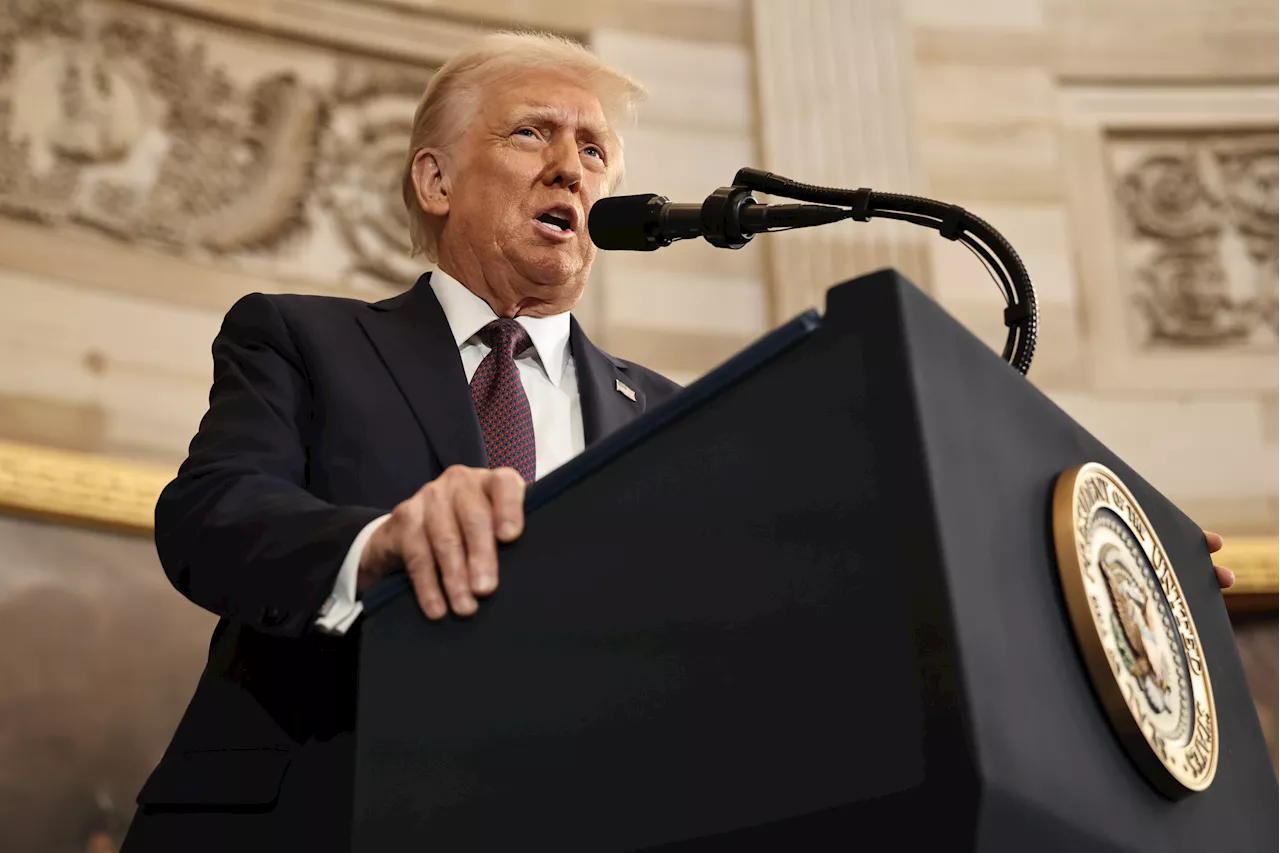President Trump is planning to reduce the number of US troops in Europe by 20%, citing financial reasons and requesting contributions from other NATO members. This move is likely to raise concerns among allies, especially given the current tensions with Russia.
President Donald Trump is planning to withdraw approximately 20,000 U.S. troops from Europe , according to a prominent Italian news agency, ANSA. A Europe an diplomatic source revealed to ANSA that Trump, who commenced his second term on Monday, desires to decrease the American military presence in Europe by roughly 20 percent. The source further stated that Trump intends to request a 'financial contribution' from Europe an nations for the upkeep of the remaining troops.
Newsweek has reached out to the White House for a statement. This development is likely to cause concern among Washington's NATO allies in Europe, particularly at a time when relations between Russia and the West have reached their lowest point since the Cold War. Russian officials have repeatedly hinted at the possibility of Moscow orchestrating attacks against members of the NATO military alliance, citing their support for Ukraine throughout the ongoing conflict.The current number of U.S. troops deployed in Europe stands at approximately 100,000. The diplomatic source disclosed that Trump believes other NATO members should contribute financially as U.S. troops stationed in Europe serve as a 'deterrent,' and the associated costs should not solely burden American taxpayers. Trump has long advocated for NATO members to increase their defense spending to 5 percent of their gross domestic product, a significant increase from the 2 percent target established in 2014, which a majority of member states, including the U.S., have yet to achieve. 'I think NATO should have 5 percent,' he stated on January 7th regarding a potential NATO defense spending target. 'They can all afford it, but they should be at 5 percent, not 2 percent.' Polish Prime Minister Donald Tusk stands as one of the few allies who welcomes an increase in the defense spending contribution target. He expressed on Wednesday that NATO members in Europe should embrace Trump's renewed call for greater defense expenditure, emphasizing the existential threat Russia poses to the EU's security. 'We shouldn't be irritated. We shouldn't be appalled,' Tusk stated to European Parliament lawmakers, as reported by Reuters. 'Some think it's extravagant or it is a brutal or malicious warning.' Only an ally can wish another ally to get stronger. This is not what an opponent of Europe would say. I would like to tell you that this is a time when Europe cannot afford to save on security.'The European diplomatic source revealed to ANSA: 'Furthermore, for those who remain, he would like a financial contribution from European countries because these soldiers are a deterrent, and the costs cannot be borne only by American taxpayers.' Nicolás Pascual de la Parte, a former Spanish ambassador to NATO, shared his perspective with ABC News on Thursday, stating that 'The truth is defense spending is not popular in European countries, whether it's Spain or another European country. We grew accustomed after the Second World War to delegate our ultimate defense to the United States of America through its military umbrella, and specifically its nuclear umbrella. It's true that we need to spend more.' Former Finnish President Sauli Niinistö, addressing a defense conference hosted by the British think tank Chatham House in London on Thursday, which Newsweek attended, stated, 'Here in Europe, we have just one problem that is we lack armament and troops. We need financing. We have heard President Trump saying that, well, 2 percent should be 5 percent—it will be more than 2 percent, that's my expectation for the future.' He further emphasized the need for efficient utilization of allocated funds, noting the decline in European armament levels since the end of the Cold War despite increased spending.Niinistö added, 'But we should also study what we get with that 2 percent, how efficiently it's used, because the statistics are quite bad, in a way that if you compare the amount of armament in Europe in '90s when the Cold War ended, and the present situation—you find that there's a huge collapse in figures of tanks, fighters, whatever—huge—even though money has been used.' He also expressed concerns regarding the potential reduction in U.S. military presence in Europe, stating the need for European NATO members to be prepared to fill any resulting gaps. 'Meanwhile, there are a lot of questions on the role of the U.S. with President Trump. I don't believe that we should fear that NATO is vanishing somehow, but we should be prepared to understand that at some stage it might be possible that...the U.S. is reducing its presence in Europe. Then there is an extra burden for European NATO members to fill any gap which is left in NATO structures. We should all together start thinking how we will fill those gaps, if they appear.'NATO is anticipated to agree upon a higher defense spending target at their upcoming summit in June in The Hague.
NATO US Troops Europe Donald Trump Russia Defense Spending Military Alliance
United States Latest News, United States Headlines
Similar News:You can also read news stories similar to this one that we have collected from other news sources.
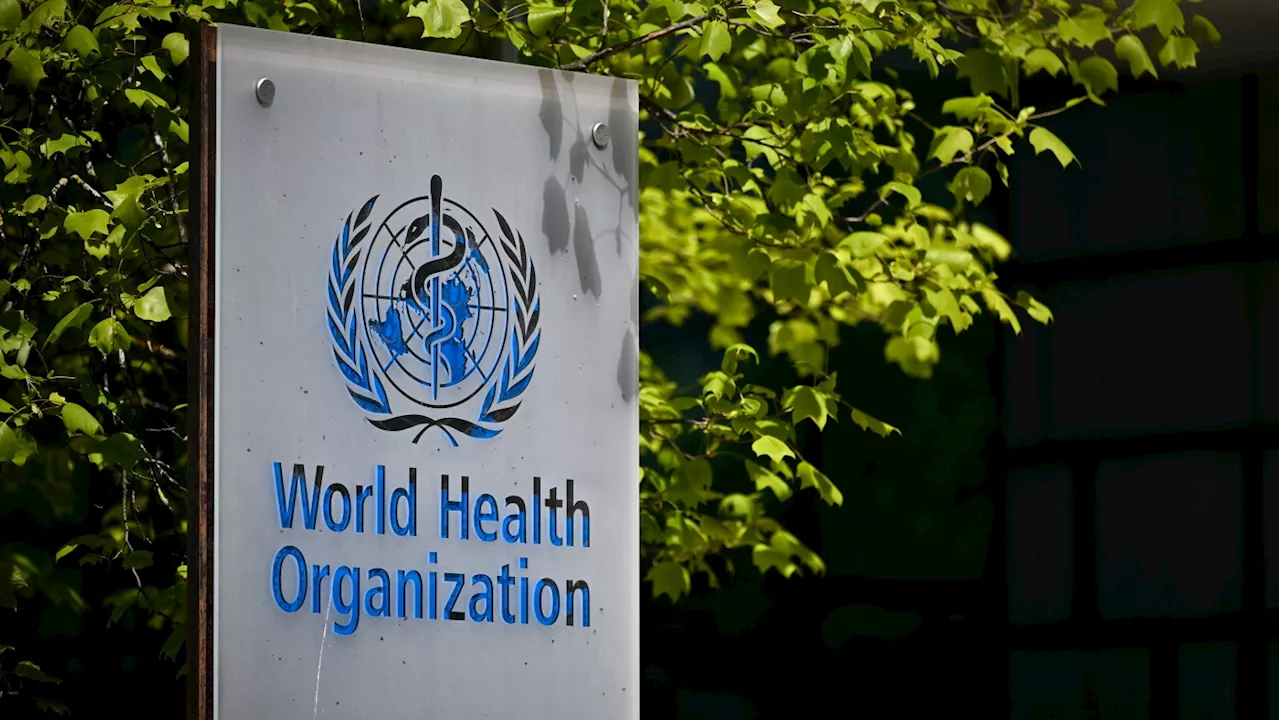 Trump to Withdraw US from World Health OrganizationPresident Trump has announced his intention to terminate US membership in the World Health Organization (WHO). This move fulfills a pre-election promise and marks a significant shift in US involvement with global health initiatives. The US will begin the formal process of withdrawal, which takes a year to complete.
Trump to Withdraw US from World Health OrganizationPresident Trump has announced his intention to terminate US membership in the World Health Organization (WHO). This move fulfills a pre-election promise and marks a significant shift in US involvement with global health initiatives. The US will begin the formal process of withdrawal, which takes a year to complete.
Read more »
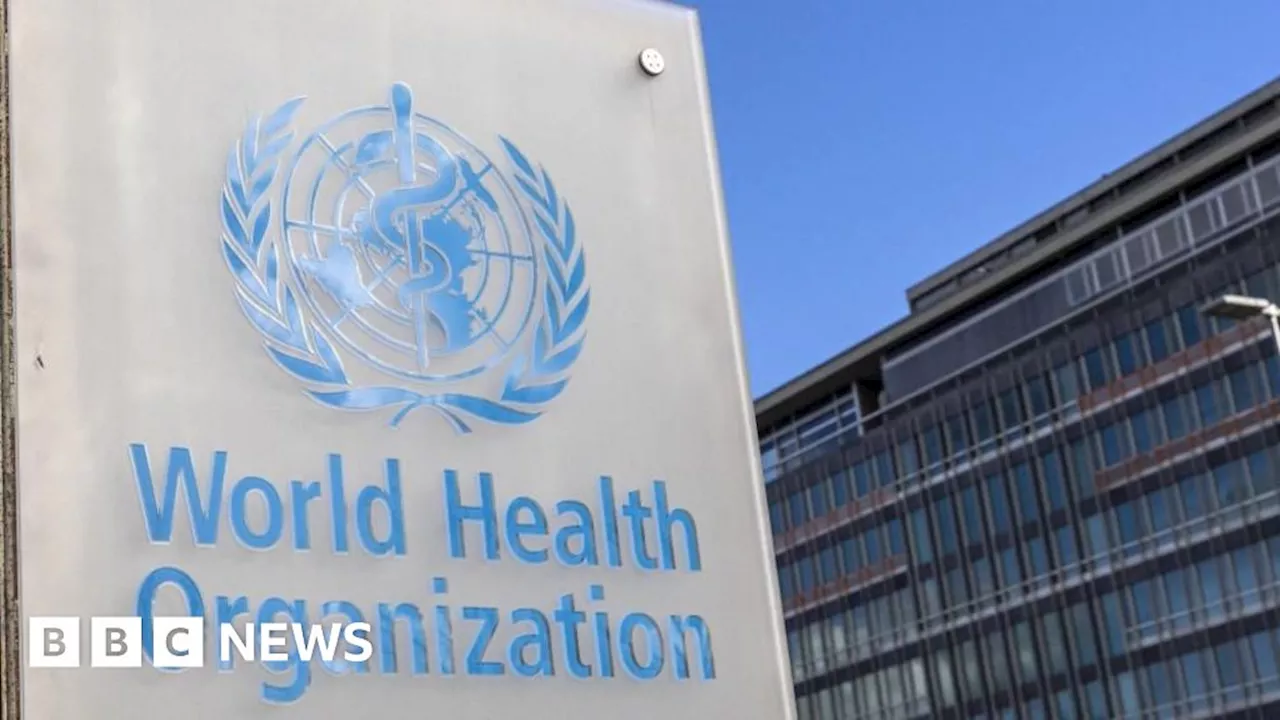 Trump Signs Executive Order to Withdraw US From WHOPresident Trump takes action on day one of his second term, initiating the US withdrawal from the World Health Organization (WHO). This move, prompted by concerns over the WHO's handling of the Covid-19 pandemic and its perceived political influence, sets the stage for the US to formally leave the global health agency.
Trump Signs Executive Order to Withdraw US From WHOPresident Trump takes action on day one of his second term, initiating the US withdrawal from the World Health Organization (WHO). This move, prompted by concerns over the WHO's handling of the Covid-19 pandemic and its perceived political influence, sets the stage for the US to formally leave the global health agency.
Read more »
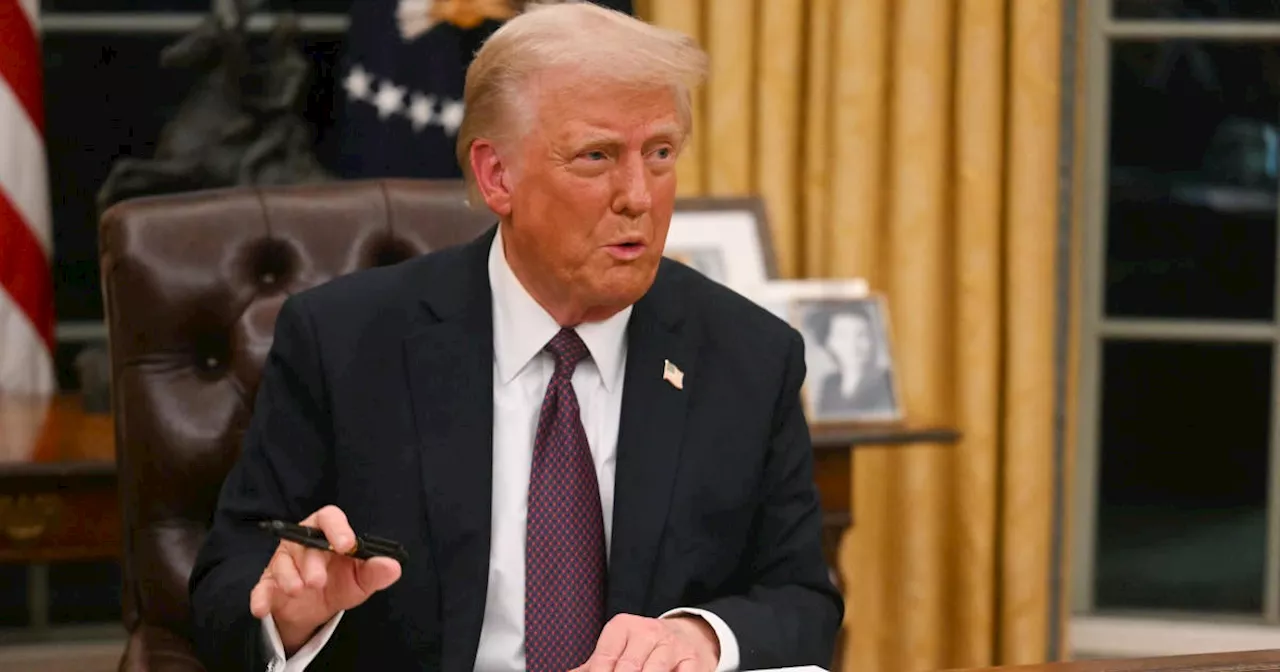 Trump Signs Order to Withdraw US From World Health OrganizationPresident Trump has signed an executive order initiating the process of withdrawing the United States from the World Health Organization. This move, driven by criticism of the WHO's handling of the COVID-19 pandemic, is met with concern from experts who warn of potential setbacks in global health efforts.
Trump Signs Order to Withdraw US From World Health OrganizationPresident Trump has signed an executive order initiating the process of withdrawing the United States from the World Health Organization. This move, driven by criticism of the WHO's handling of the COVID-19 pandemic, is met with concern from experts who warn of potential setbacks in global health efforts.
Read more »
 Trump Signs Executive Order to Withdraw U.S. from World Health OrganizationPresident Donald Trump initiates the process of withdrawing the U.S. from the World Health Organization, sparking concerns about the impact on global health security and infectious disease control.
Trump Signs Executive Order to Withdraw U.S. from World Health OrganizationPresident Donald Trump initiates the process of withdrawing the U.S. from the World Health Organization, sparking concerns about the impact on global health security and infectious disease control.
Read more »
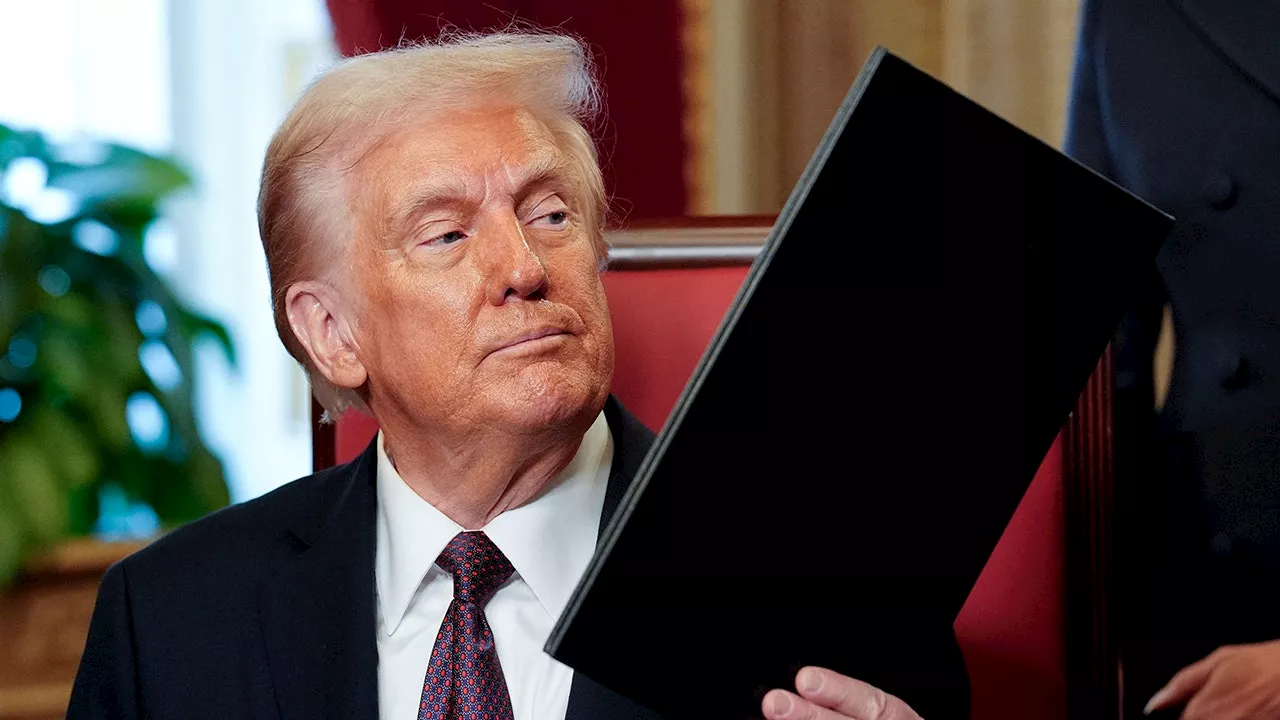 Trump Signs Executive Order to Withdraw U.S. From WHOPresident Donald Trump, on his first day in office, signed an executive order initiating the United States' withdrawal from the World Health Organization (WHO). This move reverses the policy of his predecessor, Joe Biden, who rejoined the organization. Trump's order cites the need to reassess U.S. involvement with the WHO and to identify alternative international partners for global health initiatives.
Trump Signs Executive Order to Withdraw U.S. From WHOPresident Donald Trump, on his first day in office, signed an executive order initiating the United States' withdrawal from the World Health Organization (WHO). This move reverses the policy of his predecessor, Joe Biden, who rejoined the organization. Trump's order cites the need to reassess U.S. involvement with the WHO and to identify alternative international partners for global health initiatives.
Read more »
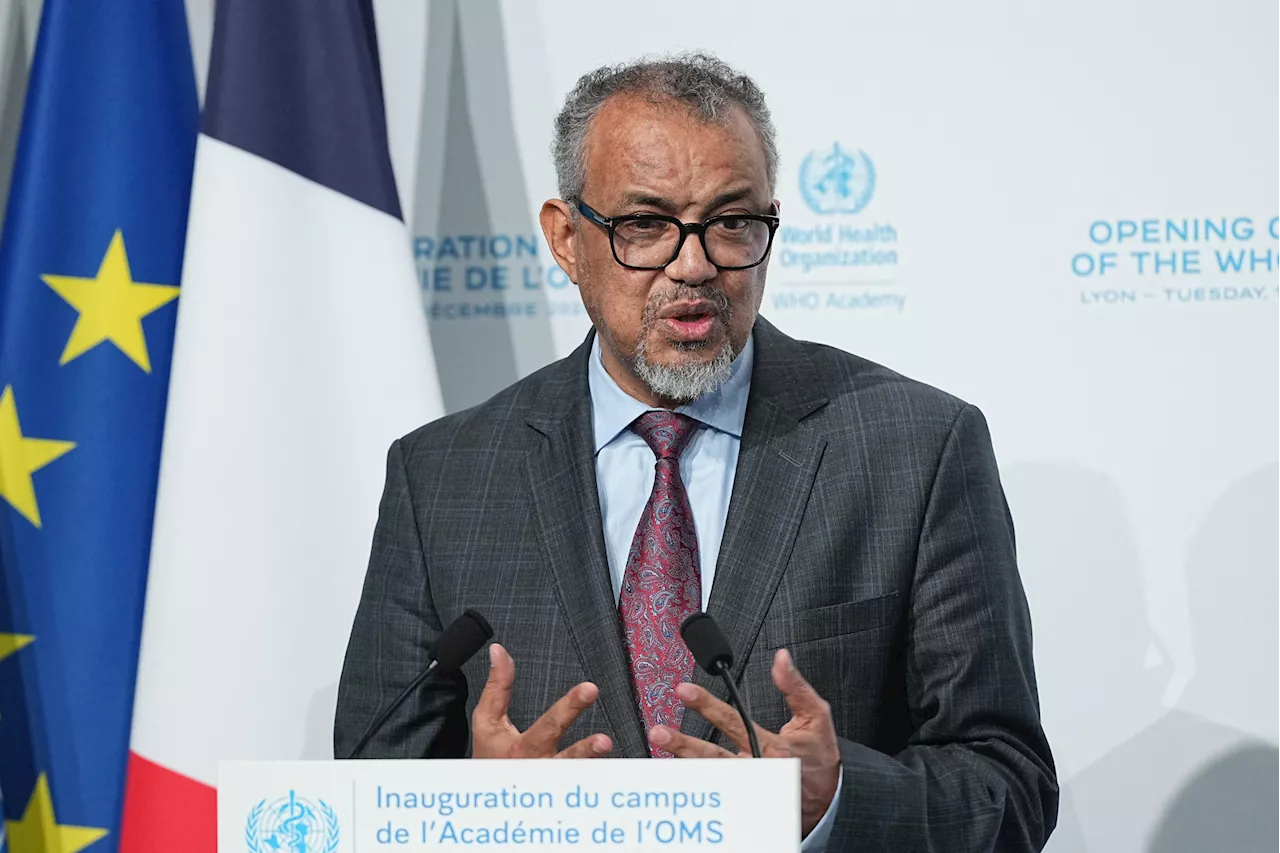 Trump Signs Executive Order to Withdraw U.S. from WHOPresident Donald Trump has signed an executive order withdrawing the United States from the World Health Organization (WHO). The move, which has been met with criticism from health experts and international organizations, threatens to undermine WHO's ability to address global health challenges. This article analyzes Trump's rationale for withdrawing, examines the potential consequences for global health, and explores the perspectives of experts and advocates.
Trump Signs Executive Order to Withdraw U.S. from WHOPresident Donald Trump has signed an executive order withdrawing the United States from the World Health Organization (WHO). The move, which has been met with criticism from health experts and international organizations, threatens to undermine WHO's ability to address global health challenges. This article analyzes Trump's rationale for withdrawing, examines the potential consequences for global health, and explores the perspectives of experts and advocates.
Read more »
